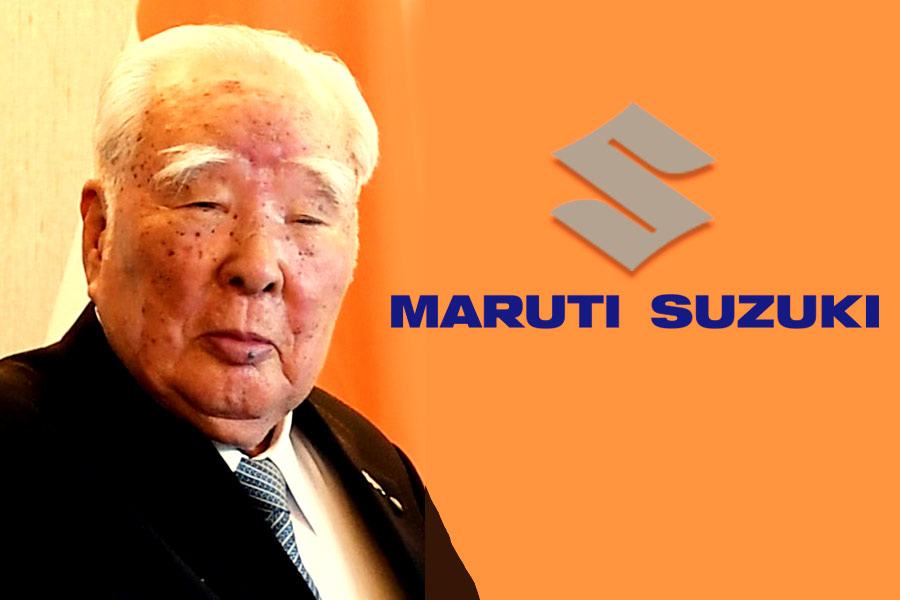A few years ago, my best friend texted me to confess that she was worried about her texting. Her hands and fingers ached throughout the day, and the pain worsened when she used her smartphone. Could our incessant texting about parenting and politics be the culprit?
There isn’t much research yet on the effects that smartphone use can have on the body. “We don’t know a lot,” said Jessica B. Schwartz, a physical therapist based in New York and a spokesperson for the American Physical Therapy Association. But she and the doctors I spoke with said they were seeing more patients than ever with pain as well as joint and soft tissue ailments such as tendinitis in their fingers, thumbs, wrists, elbows, necks, shoulders and upper backs — and that mobile phones were most likely playing a part.
When we text friends or browse the Internet on our phones, we often use our muscles and joints in ways that strain them, Schwartz said. Looking down at our phones, as well as holding them in our hands with our wrists flexed as we scroll or text, require our joints and muscles to do things they did not evolve to do: stay in the same position for too long, hold too much weight and move repeatedly across a short range of motion.
These positions and movements can put “undue forces” on joints, muscles, tendons and ligaments “that just aren’t used to being held in that position for so long,” said Dr Renee Enriquez, a physical medicine and rehabilitation specialist at UT Southwestern Medical Center in Dallas. Over time, these actions can cause inflammation, leading to pain and other problems, she said.
Not all doctors are aware of these risks. Yet Schwartz said that my friend’s symptoms were consistent with tendinitis — inflammation of the thick cords called tendons that attach muscle to bone — or tenosynovitis, inflammation of the lining of the sheath that surrounds the tendons. Studies have linked tenosynovitis of the thumb, which is called De Quervain’s tenosynovitis, to frequent smartphone use. Phone use could also worsen symptoms among people who already have arthritis.
People can experience acute smartphone injuries. Dr Jennifer Moriatis Wolf, an orthopedic hand surgeon at the University of Chicago Medicine, said that she had seen patients who sprained their thumbs because they gripped their phones too hard.
Frequent phone use can also affect our nerves. When we hold our phones in front of us with our elbows bent, we compress the ulnar nerve, which runs from the neck to the hand. This constriction can cause numbness and weakness in the pinkie and ring fingers, Schwartz said.
More generally, when any muscles, tendons or ligaments become inflamed through smartphone use, they can swell, which squeezes the nerves that run through them and leads to pain or numbness, Enriquez said. Mobile phone use could also exacerbate preexisting nerve issues, such as carpal tunnel syndrome, Wolf added. Then there is the strain that smartphones can put on our eyes and the disruption that blue light can cause to our sleep cycles.
“Text neck” is another term you might have heard. Consider what happens when you hunch over to look at your phone: compared with holding your head upright, this bentover position increases the force on your neck muscles and cervical spine by a factor of four or five, said Dr Jason M. Cuéllar, an orthopaedic spine specialist at Cedars-Sinai Medical Center in Los Angeles and JFK North Hospital in West Palm Beach, Florida. This excess force, he said, can weaken the ligaments in the spinal column over time and cause pain.
The cervical spines of some young patients Cuéllar sees are also bent in abnormal ways. This could be related to frequent smartphone use, too, he said, and could well increase the risk of back problems. “We’re seeing more younger people, in their 20s, often 30s, for cervical spine problems.”
What should you do if your phone is causing you pain or if you’re worried it could eventually? Although my friend’s physicians pooh-poohed the idea that her phone had anything to do with her aching hands, she eventually got rid of her large smartphone and bought a smaller one to see if that would help. She also began using a voice-to-text option to reduce the strain on her fingers. And her pain quickly dissipated.
Schwartz and Enriquez also recommended phone grips and stands, which can take much of the strain of holding a phone off fingers and thumbs.
If you’re experiencing a lot of pain, it is a good idea to see a physical therapist or a doctor, such as an orthopedist or a physical medicine specialist, as they can recommend treatments and stretches, Schwartz said. “If you catch these things early, they don’t tend to become chronic,” she said.
NYTNS











